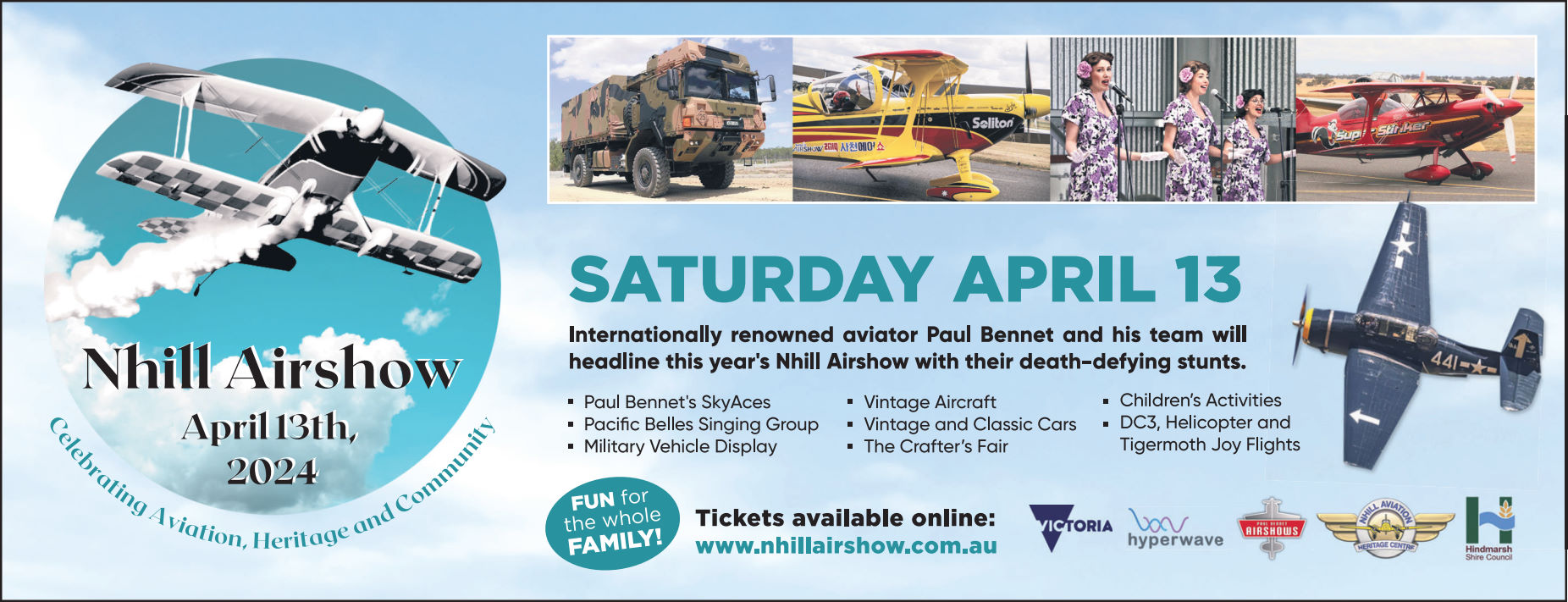Winter rain has provided the ideal preparation for the annual Grampians Wildflower Show in Halls Gap.
The Community Association of Halls Gap with the support of Wimmera Catchment Management Authority will host the event on September 28 and 29.
It is the second year the show will run during the AFL grand final weekend as a pre-cursor to the popular Pomonal Native Flower Show the following weekend. Almost 600 people visited the show last year, its 80th, an increase on previous years.
In addition to the extensive display of cut flowers with names, picked under a special permit from Parks Victoria, visitors can go on guided and tag-along tours to see wildflowers and native orchids in their natural setting, as well as guided walks in Halls Gap’s Grampians Flora Botanic Garden.
Above: One of the wildflowers you will see at the Grampians Wildflower Show, Uticularia dichotoma, commonly known as fairy aprons.
Organising committee member Margo Sietsma says the garden is looking the best it has for several years thanks to well-timed rain over the past several months and other improvements including tables and seating.
“We think we will have a very good display of flowers this year thanks to this lovely rain,” she said.
“We also have a new solar-powered fountain in our garden which celebrates the construction of the pipeline to Stawell. As well, there is a new shade shelter building with tables and seating, and new beds and paths thanks to hard-working volunteers.”
Margo says they are looking forward to having photographer-in-residence John Tiddy at this year’s show. John, an outdoor wildlife and nature photographer whose photographs have appeared in books, calendars and greeting cards, will also run a presentation on wildflower photography.
The show’s artist-in-residence is Lynne Stone, who is renowned for her three-dimensional textile art which is exhibited nationwide.
Halls Gap Hub is the central show venue and will open from 9.30am-5.00pm Saturday and 9.30am-3.30pm Sunday. Self-guided tour maps will be available and all tours will start from the hub.
Visitors can also view a Stawell Camera Club wildflower photography exhibition and several other displays.
For further information visit www.grampianswildflowershow.org.au.
Wimmera CMA is proud to support the Grampians Wildflower Show through funding from the Victorian Government’s Victorian Landcare Program.
History of the Grampians Wildflower Show
In its heyday up to 15,000 people converged on Halls Gap by the busload for the annual Grampians Wildflower Show. Once described as the ‘Garden of Victoria’ by the first Victorian Government botanist Ferdinand von Mueller, the Grampians Gariwerd National Park is home to more than one third of the state’s flora. It has the highest number of wildflower species endemic to the region compared to anywhere else in Australia and has about 20 species that can’t be found elsewhere.
The first Grampians Mountains Wildflower Show was on September 29 and 30, 1933 in Halls Gap Hall. Four years later there was a second show and it has been an annual event until now apart from a very occasional absence.
As well as the display of wildflowers from the bush, earlier shows included colouring competitions and a Major Mitchell Memorial Shield for district school pupils. In 1937 the show offered a championship trophy price of two pounds and two shillings for the most successful exhibitor.
A report in the Horsham Times on Tuesday October 4, 1949 reads:“So successful was the wild flower exhibition at Hall’s Gap last weekend, the committee has been requested to continue the display. The President of the Hall’s Gap Progress and Tourist Association (Mr. J. R. D’Alton) has stated that the exhibition will continue until Sunday, October 8. Wild flowers of Victoria, together with Western Australian species flown here specially for the occasion, make an outstanding show.” Fast forward to 1979 and visitors drove from South Australia, New South Wales and Victoria and came by charter buses from Ballarat, Ararat, Hamilton, Horsham and Bendigo. Newspapers report that:‘a special train carrying 350 was run from Melbourne to Stawell, from where passengers were transported 18 miles by bus. As well, charter buses ran almost daily from Stawell. Hall’s Gap accommodation for 150 at five guesthouses and the one hotel was booked out for the whole of the ten days with a constant traffic of occupants. In addition, all the many holiday cottages were taken for the period.’
|






